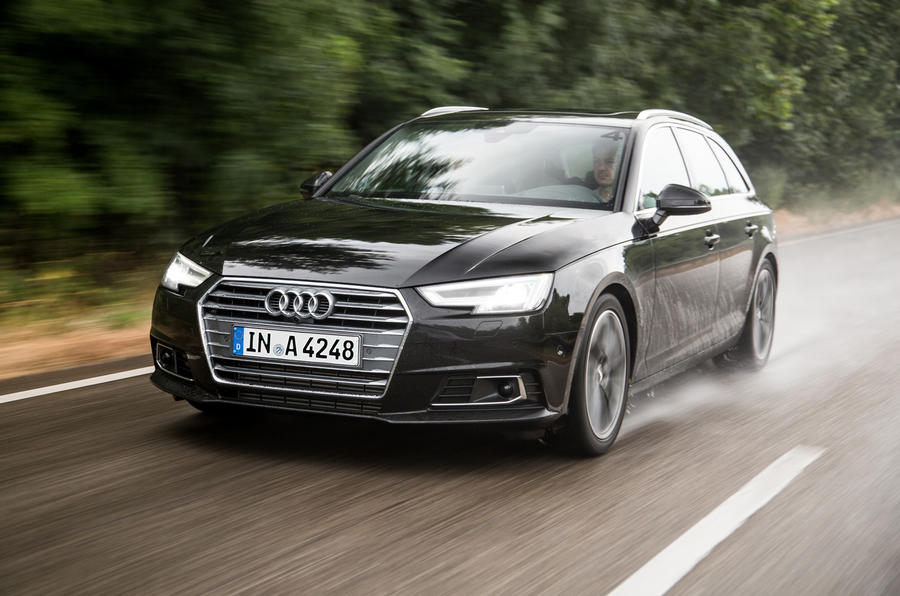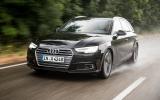What is it?
The fifth-generation Audi A4, which is planned to have its public premiere at the Frankfurt motor show in September prior to the start of UK sales in November.
At first glance there doesn’t seem to be much difference between the new model and its predecessor, which has been on sale here since 2008. However, Audi has extensively re-engineered the latest A4, providing it with the latest version of its MLB (modular longitudinal architecture) platform together with the latest in driveline developments. These include a new 2.0-litre four-cylinder petrol engine, sampled here for the first time in a pre-production version of the new A4 2.0 TFSI Ultra.
The new A4 has grown, but only slightly. With a length of 4726mm, a width of 1842mm and a height of 1427mm, it is 25mm longer, 16mm wider and the same height as its predecessor in saloon guise. This makes it 41mm longer, 32mm wider and 13mm lower than the latest Mercedes-Benz C-Class. The wheelbase has also increased by 12mm, taking it up to 2820mm.
Despite the bump in exterior dimensions, Audi says the A4’s weight has been reduced by up to 120kg through the adoption of hot-formed high-strength steel within the body structure and aluminium for various body panels, including the roof.
While its exterior styling is evolutionary, the interior boasts a contemporary new design similar to that seen on the third-generation TT and, more recently, the second-generation Q7. As well as looking a lot more modern than before, it also provides greater space. Audi claims an additional 24mm of head room in combination with 11mm more shoulder room up front. The incremental stretch in the wheelbase has also provided the basis for a 23mm increase in rear seat legroom.
Boot space is up by 15 litres to 505 litres, increasing to 1510 litres when the standard 40/20/40 split rear seat is folded away. By comparison, the BMW 3 Series Touring boasts a nominal 495 litres of seats-up boot space, while the Mercedes-Benz C-class Estate offers 490 litres.
Among a list of standard safety items is Audi’s pre sense city system, which has been developed to prevent accidents at typical urban driving speeds. Using a windscreen-mounted stereo camera to monitor the road, it provides an acoustic warning and full preventative braking at speeds up to 25mph.








Join the debate
Add your comment
Premium?
Dreary Styling
Star rating